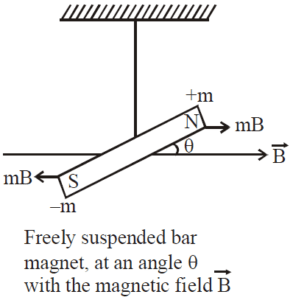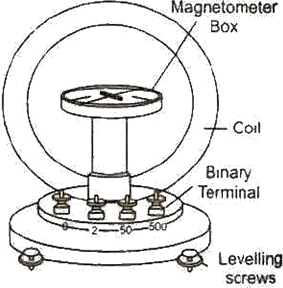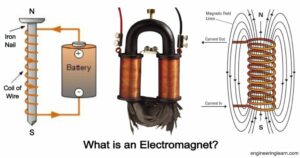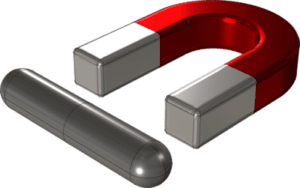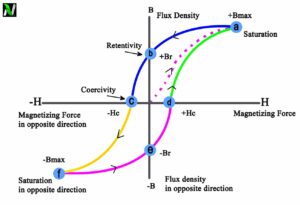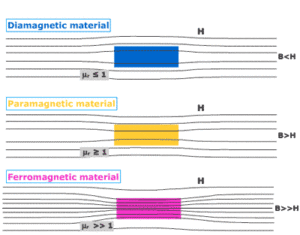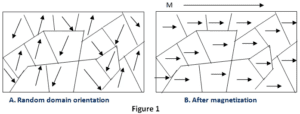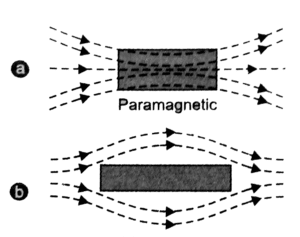Have you ever played with the magnet which is in the speaker? The magnet that is in the speaker is an example of a permanent magnet because it has its own magnetic field. It has inbuilt magnetic property. It doesn’t depend on external factors for its magnetic field.
But, other than this, there are some other man-made magnets whose magnetic properties depend on external factors. One such example of man-made magnets is electromagnets. The strength of the magnetic field in the electromagnets depends on the amount of electric current flowing through the current-carrying solenoid and the type of material used as the core.
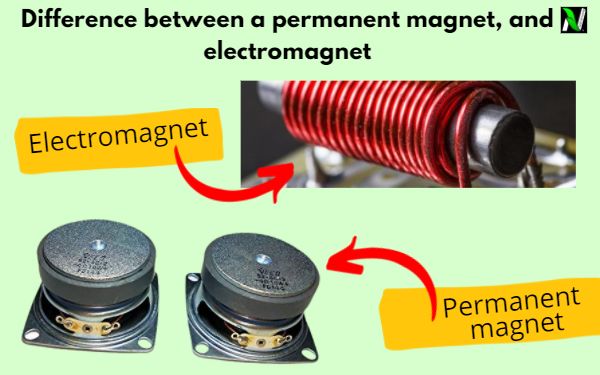
The major difference between an electromagnet and a permanent magnet is that the electromagnet has a magnetic field when electric current flows through it and disappears when the flow of the current stops. On the other hand, permanent magnets are made up of magnetic material that is magnetized and has its own magnetic field. It will always display magnetic behavior.
In this short piece of article, we will discuss the difference between a permanent magnet, and an electromagnet, so let’s get started…
Read Also
What is permanent magnet?
The substance which retains its ferromagnetic property for a long period of time at room temperature is called a permanent magnet. A permanent magnet can be made by placing a ferromagnetic rod in the current-carrying solenoid. The magnetic field of the solenoid magnetizes the rod.

The material used for making the permanent magnet should have high retentivity so that magnet is strong and high coercivity, so that the magnetization is not erased by the stray magnetic field/temperature fluctuations or any minor mechanical damages. Some suitable materials for making permanent magnet is Alnico, Cobalt, Steel, Ticonal, etc. Steel is the favored material for making permanent magnets, and a bar magnet is an excellent example of a permanent magnet.
What is electromagnet?
An electromagnet is a man-made magnet that is formed when an insulated wire is tightly bound in the form of a cylinder (solenoid) and a soft ferromagnetic material is used as core. An electromagnet is usually in the form of an iron core solenoid. The core of an electromagnet is made up of ferromagnetic material having high permeability and low retentivity. Soft iron is suitable for making the core of an electromagnet.

Read Also
When a soft iron is placed in the hollow region of the solenoid, it increases the magnetization of the solenoid by thousand folds. Electromagnets are used in electric bells, loudspeakers, telephone diaphragms, etc. Moreover, giant electromagnets are used by cranes to lift large machinery and weighted iron stuff.
Difference between a permanent magnet and an electromagnet
Some differences between a permanent magnet and an electromagnet are given in the table below.
| Electromagnet | Permanent magnet |
| Magnetic properties are seen when an electric current passes through the coil | Magnetic properties are seen when materials are magnetized |
| Magnetic strength depends on the amount of flowing current | Strength depends upon the nature of the material that is used in its formation |
| Removal of magnetic properties are temporary | Once magnetic properties are lost, it becomes useless |
| Requires a continuous supply of electricity to maintain its magnetic field. | It doesn’t require a continuous supply of electricity to maintain its magnetic field |
| Made of soft materials | Made of hard materials |
| The poles of this kind of magnet can be altered with the flow of current | The poles of this kind of magnet cannot be changed. |
Stay tuned with Laws Of Nature for more useful and interesting content.

